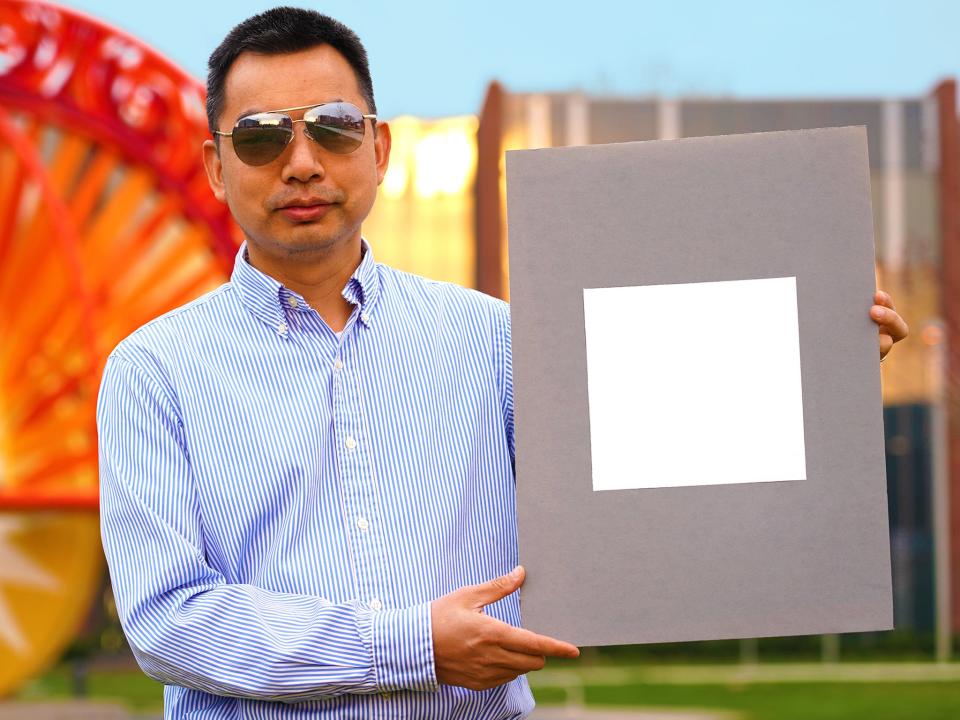Scientists create ‘whitest paint ever’ to help reduce reliance on air conditioning

Scientists have developed what they claim is the whitest ever paint as a way to tackle global warming by reducing the need for air conditioning.
Engineers at Purdue University say said it reflects up to 98.1 per cent of sunlight – up from 95.5 per cent on their last attempt from six months ago – and can cool surfaces by as much as 19F or 10.5C.
Ordinary white paints that are designed to reject heat reflect only 80-90 per cent of sunlight and cannot make surfaces cooler than their surroundings, according to researchers.
The developers said the new white could be the closest equivalent of the blackest black, Vantablack, which was developed in 2014 and absorbs up to 99.9 per cent of visible light.
The paint is so white due to a high concentration of barium sulphate, which is used to make photo paper and cosmetics white.
"We looked at various commercial products, basically anything that's white," said Xiangyu Li, a postdoctoral researcher at the Massachusetts Institute of Technology who worked on the project. "We found that using barium sulphate, you can theoretically make things really, really reflective, which means that they're really, really white."
A high concentration of barium sulphate particles can scatter more light as the particles are all different sizes, meaning they can cover more of the light spectrum.
Researchers found that the paint could keep surfaces 8F below their surroundings during strong sunlight in the middle of the day, and 19F below at night.
"If you were to use this paint to cover a roof area of about 1,000 sqft, we estimate that you could get a cooling power of 10kw. That's more powerful than the central air conditioners used by most houses," said Xiulin Ruan, a professor of mechanical engineering at Purdue.

The use of air conditioners and electric fans accounted for nearly 10 per cent of global electricity use by 2018, a figure that is expected to rise to nearly 40 per cent by 2050, according to a report from the International Energy Agency (IEA).
Many of the world's hottest countries are developing economies where a rise in personal income was found to correspond with demand for home air conditioning.
In China, where demand has risen fastest, energy consumption from air conditioning has shot up by 13 per cent a year since 2000, the IEA found.
During one 2017 heatwave in Beijing, air conditioning accounted for 52 per cent of all electricity use, figures from China's national grid show.
In the United States, where the majority of homes have been fitted with air conditioning for decades, the government's Energy Information Administration projects that energy use from cooling will continue to increase faster than any other means of consumption until at least 2050.
Experts have warned that efforts to reduce energy use focus too much on heating, while use for cooling will continue to rise as the planet warms.
Read More
Greensill: ‘All decisions taken by the bank were made independently’, minister says
This is why recycling receipts can actually be worse for the planet
Noise pollution has lasting impact on woodland plant life, study finds

 Yahoo Finance
Yahoo Finance 